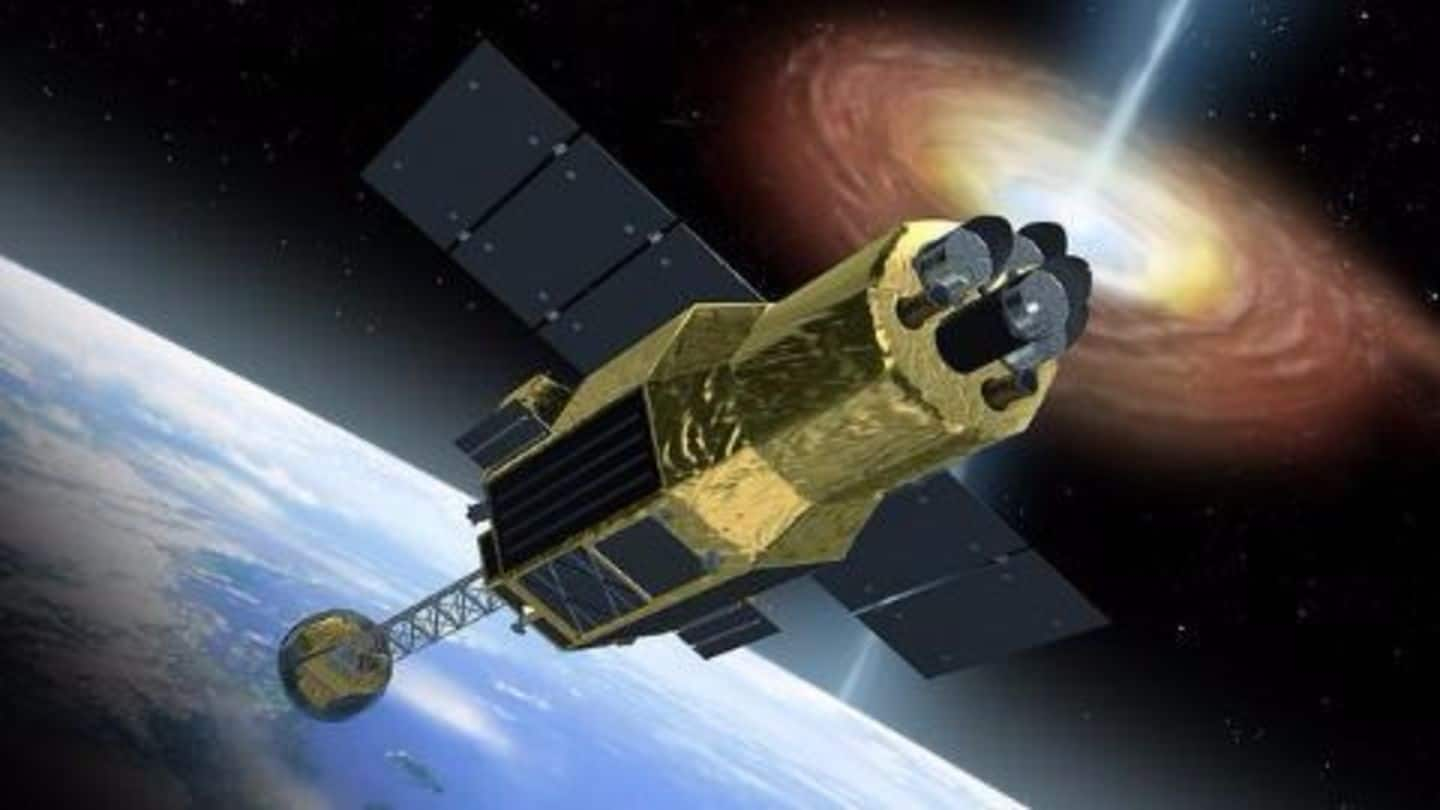
Japan abandons multi-million dollar black hole satellite
What's the story
Japan's space agency abandoned its efforts to restore the operations of ASTRO-H, a multimillion-dollar satellite sent to probe the mysteries of black holes using X-ray telescopes. "JAXA will cease the efforts to restore ASTRO-H and will focus on the investigation of anomaly causes," the space agency said. The next time a similar satellite will be launched is in 2028 by the European Space Agency.
17 Feb 2016
Japan launches X-ray Astronomy Satellite, Hitomi
Japan Aerospace Exploration Agency (JAXA) launched a new X-ray Astronomy satellite (ASTRO-H) in the hunt for black holes. The satellite was named 'Hitomi', meaning, the 'eye'. Hitomi was a joint collaboration between JAXA, NASA, and other groups. Over the course of its three-year mission, Hitomi will capture data on black holes and other 'high energy' bodies, including supernovas by detecting the radiation they produce.
Information
Hitomi, the third of its kind
Hitomi measured 14 meters in length and weighed 2.7 tons. Japan spent about $290 million on it, and NASA invested about $70 million. Hitomi was the third satellite of its kind after NASA's Chandra X-ray Observatory and the European Space Agency's XMM-Newton spacecraft.
26-27 Mar 2016
JAXA loses contact with Hitomi
JAXA said it experienced trouble communicating with Hitomi. There were fears that it may have broken apart in space. Ground control in Japan managed brief contact with Hitomi, but then lost contact again. US Joint Space Operations Center, which tracks space debris detected five small objects around the satellite. The center ultimately identified the event as a "breakup" but did not indicate any cause.
Information
Observers notice satellite spinning rapidly
Observers from earth have reported seeing Hitomi rotating every 10 seconds indicating that it has somehow been knocked into an unintended spin. There were also observations of Hitomi's varying brightness as it tumbled through the sky.
28 Apr 2016
Astronomical observation made by Hitomi
Hitomi made one crucial astronomical observation before the accident, capturing gas motions in a galaxy cluster in the constellation Perseus. If the satellite is tumbling in space, as it is thought, it may not be able to capture enough solar energy to power itself. It is expected to gradually lose altitude and eventually burn up as it returns to Earth's atmosphere in 20 years.
28 Apr 2016
'Human error' behind Hitomi's loss, says JAXA
JAXA admitted that 'human error' was behind the loss of the satellite, Hitomi. "There was a human error, but in a critical system like this we have to imagine that humans do make errors," said Dr Saku Tsumeta, the director of the Space Science Research Centre at JAXA. He added that the agency will not be able to launch its replacement for 12 years.